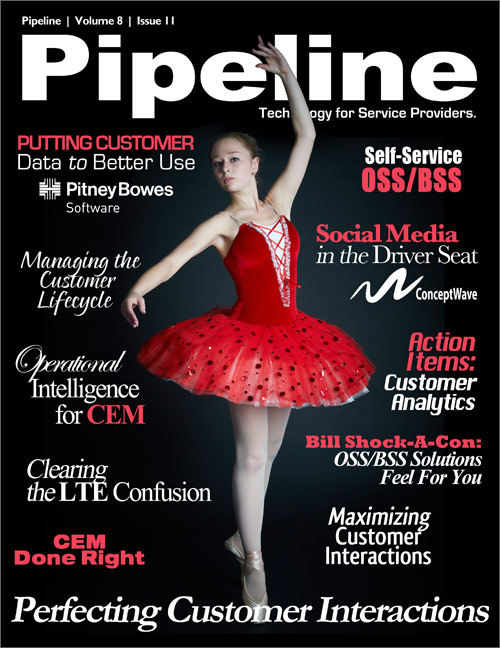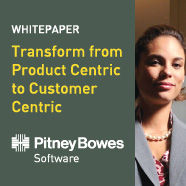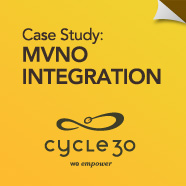Imagine now, that same CSP product manager as before, creating the same campaign, using the same channels, but in addition, is able to include embedded links to all of the social-networking sites, allowing new subscribers to automatically link to the promotion they've just purchased. "Followers" can then follow links to review the offers for themselves and can tag either their friend, or the promotion itself, with a "like" or "dislike" flag.
If that link is shared amongst the user peers, and the peers share the link to their peers, and so on, the exposure of that offer is massively increased.
Adding Another Link to the Value Chain
The value is further enhanced with the embedding of shopping cart functionality within the social networking portal itself, actually using the social network as a point of order entry. Granted, some social networking sites lend themselves more readily to a true shopping cart experience than others. In addition to sponsored links, users of social networking sites will be able to enter into a purchase process and never leave the social networking site itself, using embedded payment options, creating a true, "social-commerce" ecosystem.

Catalog Driven Social Networking
This approach introduces an unprecedented value chain, with the potential to bring together the CSP, the customer, the content provider, the customers social circle, immediate feedback, the ability to allow the CSP to become reactive to competitive offers, as well as proactive in launching new offers, the ability to analyze the success of product launches, and above all, letting the CSP interactively learn from their subscriber base in near real-time.
Facebook already allows the integration of 3rd party channels using "Facebook Connect", a dedicated developer platform that allows the user to dynamically connect their online identities to 3rd party websites, as well as desktop and mobile applications. This platform can be extended to allow organizations such as CSPs to upload externally generated content (such as Catalog generated offers), via the Facebook UI. Twitter, Digg and LinkedIn are also following suit, and developing their own API libraries to support similar functionality allowing utilization of web 2.0 innovations (real-time access to a Catalog for one).









